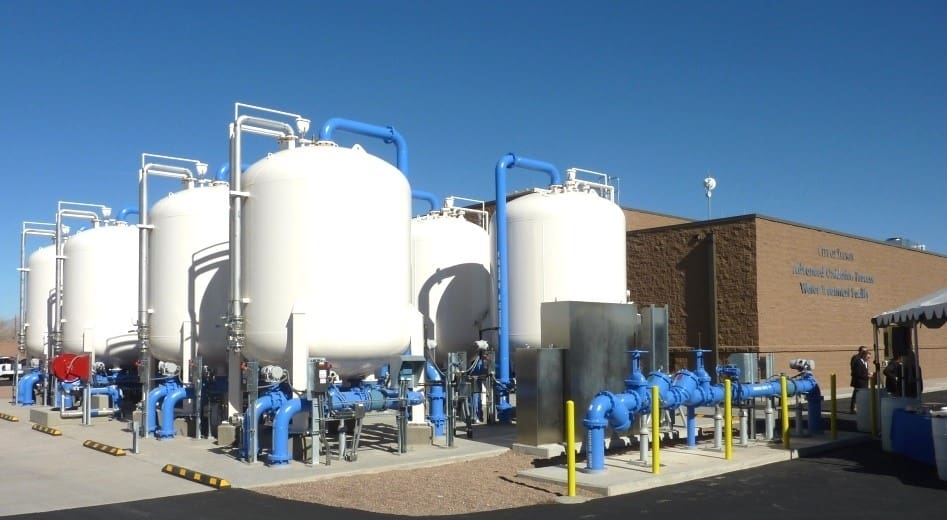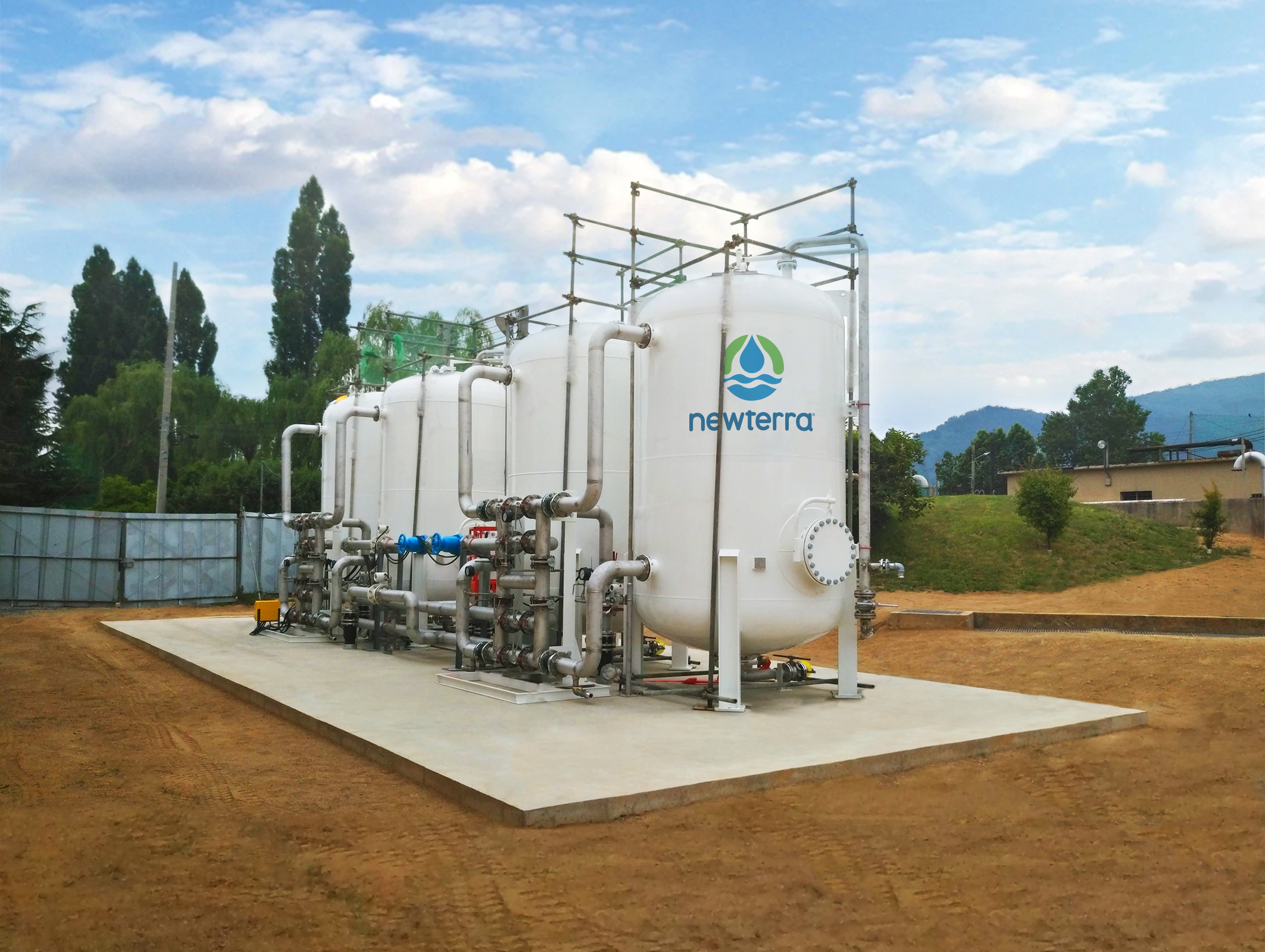Your Guide to PFAS Treatment Technologies and Advantages
The prevalence of PFAS contamination in water resources requires a detailed understanding of readily available therapy innovations. Various approaches, such as triggered carbon purification, ion exchange systems, and advanced oxidation procedures, present distinct benefits in dealing with these relentless contaminants. Each modern technology not only targets specific PFAS compounds however likewise plays an important role in boosting total water high quality and shielding environmental honesty. As communities come to grips with the implications of PFAS direct exposure, the selection of a proper treatment method comes to be progressively vital, triggering a closer examination of these modern technologies and their corresponding advantages.
Recognizing PFAS Contamination
Recognizing PFAS contamination is vital for addressing its pervasive influence on ecological and human wellness (m270 pfas treatment). Per- and polyfluoroalkyl materials (PFAS) are a group of synthetic chemicals extensively used in various industrial and consumer products due to their water- and grease-resistant residential or commercial properties. Generally found in firefighting foams, non-stick pots and pans, and water-repellent fabrics, PFAS have gone into the atmosphere via manufacturing procedures, wastewater discharges, and seeping from garbage dumps
As soon as launched, these materials linger in the environment, resulting in widespread contamination of dirt and water resources. Their one-of-a-kind chemical framework, identified by strong carbon-fluorine bonds, renders them resistant to degradation, resulting in a phenomenon called "permanently chemicals." Consequently, PFAS can build up in the human body and the food chain, possibly creating damaging wellness effects, consisting of body immune system disturbance, developing problems, and a raised danger of certain cancers cells.
Governing agencies and health and wellness organizations are significantly recognizing the importance of PFAS contamination, prompting initiatives to keep an eye on, evaluate, and minimize its impacts. Understanding the paths of PFAS contamination is vital for educating public law and creating effective approaches to shield both environmental and human wellness.
Summary of Therapy Technologies
Various therapy technologies have actually been developed to deal with the obstacles presented by PFAS contamination in water and soil. These modern technologies can be extensively classified into numerous categories, each with its one-of-a-kind mechanisms and performance in getting rid of PFAS compounds.
One famous technique is ion exchange, which makes use of material products to catch and eliminate PFAS from polluted water. One more innovation, progressed oxidation procedures (AOPs), utilizes strong oxidants and ultraviolet light to damage down PFAS right into much less harmful materials.

Activated Carbon Filtration
Triggered carbon filtering is an extensively utilized technique for the elimination of PFAS from contaminated water, understood for its ability to adsorb a broad series of natural substances. This technology employs activated carbon, a highly porous material with an extensive surface, which helps with the binding of PFAS molecules through physical adsorption. The effectiveness of activated carbon in eliminating PFAS is affected by numerous variables, consisting of the sort of carbon utilized, the contact time, and the concentration of PFAS in the water.
One of the advantages of triggered carbon purification is its versatility; it can this link be executed in various setups, such as granular triggered carbon (GAC) systems or powdered turned on carbon (PAC) systems. GAC systems are usually employed in larger-scale applications, while PAC can be made use of in smaller sized or momentary arrangements. The modern technology is fairly easy to operate and keep, making it easily accessible for numerous water therapy facilities.

Ion Exchange Equipment
Ion exchange systems represent an additional efficient approach for the elimination of PFAS from infected water, matching methods like turned on carbon purification. These systems operate the principle of trading ions in the water with ions held on a resin product. Ion exchange resins can be especially formulated to target the negatively billed PFAS compounds, effectively catching them and allowing cleaner water to travel through.
One of the key benefits of ion exchange systems is their ability to get rid of a large range of PFAS, consisting of both long-chain and short-chain variants. This versatility makes them suitable for various applications, varying from community water therapy to industrial processes. In addition, ion exchange systems can typically attain lower discovery restrictions for PFAS compared to some various other therapy methods, therefore boosting water quality.
However, it is necessary to keep track of and take care of the regrowth of ion exchange media, as the performance can decline gradually as a result of saturation. Proper maintenance and replacement of the material are crucial for sustaining the system's performance. Overall, ion exchange systems offer a dependable and effective option for PFAS elimination, contributing dramatically to safe drinking water standards and environmental security.
Advanced Oxidation Processes
Advanced Oxidation Processes (AOPs) make use of powerful oxidants to effectively degrade PFAS substances in infected water. These ingenious therapy approaches create extremely responsive types, such as hydroxyl radicals, that can break down complicated PFAS molecules into less dangerous results. m270 pfas treatment. AOPs typically employ combinations of ultraviolet (UV) light, ozone, hydrogen peroxide, or Fenton's reagent, enhancing the oxidation click for more info potential and improving degradation effectiveness
The main benefit of AOPs exists in their capability to target a broad series of PFAS substances, consisting of both long-chain and short-chain variations. This adaptability is important, as PFAS contamination frequently involves mixtures of various substances with varying chemical frameworks. Additionally, AOPs can be integrated right into existing water therapy you can find out more systems, making them a useful service for many municipalities and sectors.
However, the application of AOPs can be resource-intensive, requiring mindful factor to consider of operational prices and power consumption. In addition, while AOPs work in damaging down PFAS, they may not entirely get rid of all byproducts, demanding additional treatment steps - m270 pfas treatment. Overall, AOPs stand for an encouraging opportunity for dealing with PFAS contamination, adding to cleaner water sources and improved public health and wellness security

Conclusion
By selecting the ideal modern technology, neighborhoods can improve water quality, shield public health and wellness, and alleviate the environmental threats associated with PFAS direct exposure. Continued study and implementation of these approaches are necessary for efficient management of PFAS contamination in impacted locations.